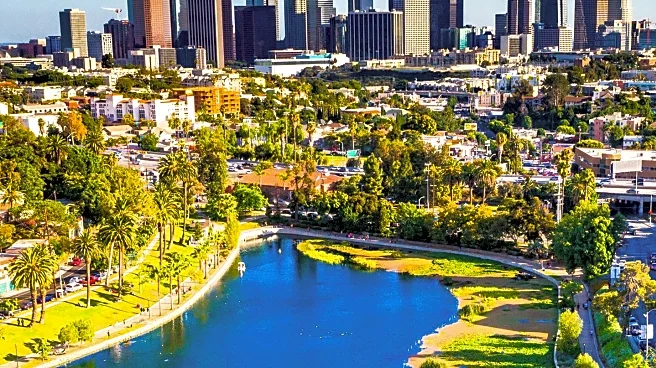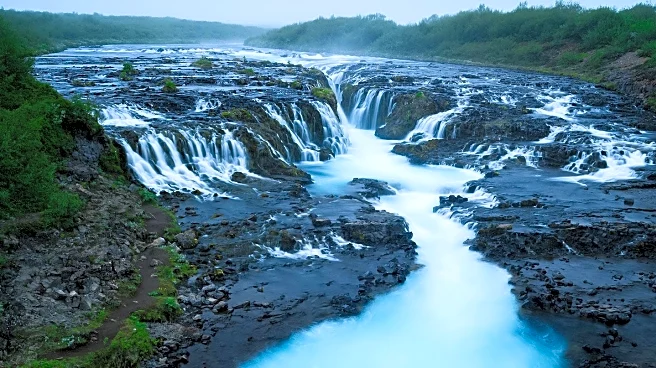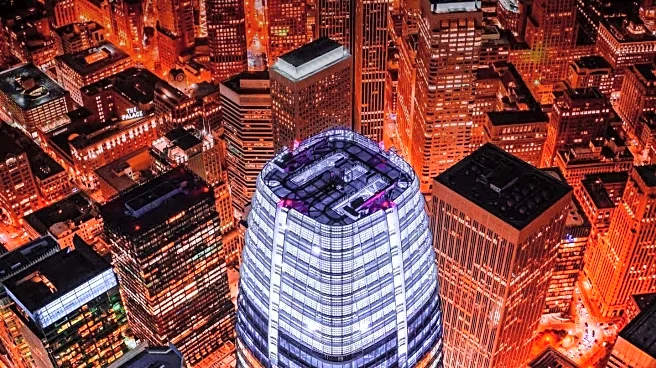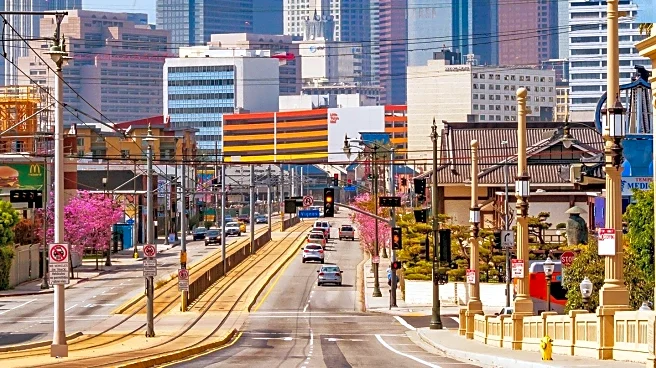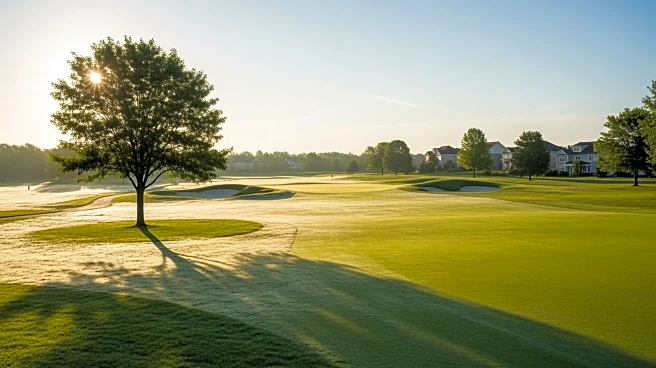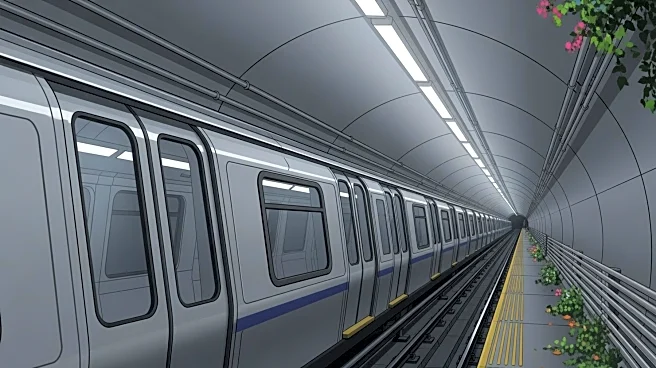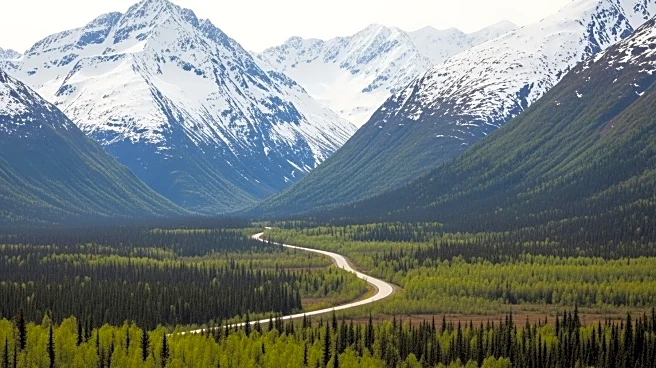What's Happening?
The Glendale Narrows section of the Los Angeles River offers a unique natural environment amidst the urban landscape. Unlike most of the river, which is encased in concrete, the Glendale Narrows retains a natural, sandy bottom due to a high water table
that prevented concrete from setting. This area has become a haven for wildlife, including birds and fish, and offers a glimpse of what the river might have looked like before urban development. Conservationist Jason Wise highlights the historical significance of the river and the potential for rewilding efforts to restore more natural habitats along its course.
Why It's Important?
The Glendale Narrows serves as a reminder of the ecological potential of urban waterways. It demonstrates how natural habitats can thrive even in heavily developed areas, providing important ecological services and recreational opportunities for residents. The area supports biodiversity and offers a natural escape for city dwellers, highlighting the importance of preserving and restoring urban natural spaces. This could inspire further efforts to rewild other parts of the Los Angeles River, contributing to urban sustainability and resilience against climate change.
Beyond the Headlines
The story of the Glendale Narrows reflects broader themes of urban planning and environmental justice. The decision to channelize the Los Angeles River was driven by economic interests, but it also erased natural habitats and disconnected communities from their natural environment. Rewilding efforts could help address these historical injustices by restoring access to natural spaces and promoting environmental equity. Additionally, the Glendale Narrows serves as a case study for balancing urban development with ecological preservation, offering lessons for other cities facing similar challenges.
